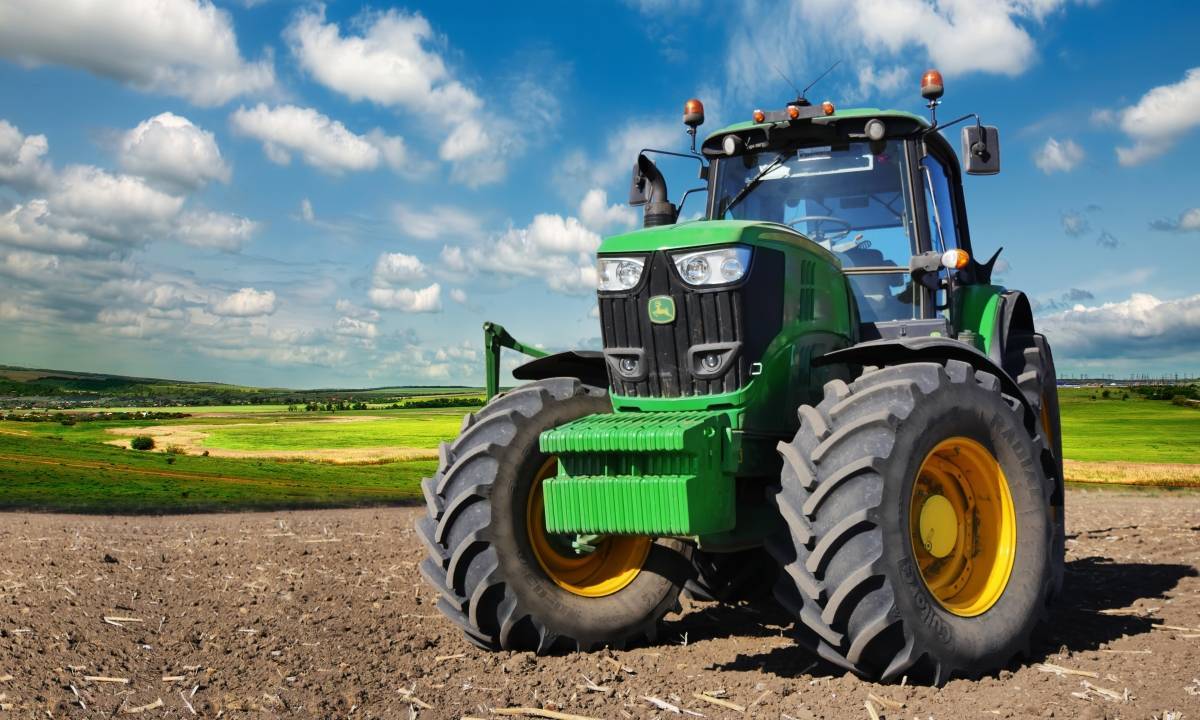Its that time again - The Rules of the Road & Agricultural Vehicles

Winter approaches fast.
With the evenings getting shorter I thought it best that I cover a few of the main requirements of the road traffic legislation as applied to agricultural vehicles. Please have a read, you never know what you might come across.
Brakes
Agricultural vehicles must be equipped with at least a service brake and a parking brake. Where a tractor is drawing a trailer which exceeds 5 tonnes in laden weight, the service brake must be of a continuous or semi-continuous type. Essentially, this mean a single control, operated from the driving position, which is capable of being operated progressively and including an additional power source and controls to ensure a coordinated response between the tractor and the trailer.
Brakes fitted to a trailer drawn by a tractor vary according to the laden weight of the trailer. Agricultural trailers exceeding 5 tonnes laden weight must be fitted with the equipment necessary for the proper functioning of a service brake (which acts on both the tractor and the trailer), a parking brake and an automatic breakaway brake.
Lighting
Agricultural vehicles must be fitted with proper lights and reflectors and must be in good working order. Tractors must be fitted with two headlamps, two side lamps, two rear lamps, two rear reflectors, brake lights and number plate lights. Tractors and combinations must also be fitted with brake lights and indicators. Detached trailers parked in a public place after dark must be fitted with two side lamps, two rear lamps and two rear reflectors.
The use of white lights or ploughing lamps to the rear of an agricultural vehicle while on a public road at night is prohibited. This could confuse motorists into thinking that a vehicle is coming towards them.
Loose agricultural loads which project to the rear must be fitted with a load reflector fitted as close as possible to the extreme rear of the load and on the right hand side.
Weight and Dimensions
Never exceed the maximum permitted weight limits for vehicles and axles set down in road traffic regulations nor the manufacturers maximum Design Laden Weight for the vehicle concerned. To ensure the stability of tractor and trailer combinations while travelling on the road it is essential that loads are drawn with appropriately sized tractor and trailer combinations with the correct braking systems fitted and working. Trailers should not be overloaded and tractor and trailer combinations should also travel at speeds appropriate to agricultural vehicles.
The maximum speed forms part of the definition of a tractor for tax purposes and failure to comply could lead to breach of the law in this area. Farmers using agricultural vehicles and trailers must not use exceptionally high frames on trailers which could endanger the stability, steering and braking of a tractor and trailer combination.
Vehicles or loads which exceed the maximum weight, length or widths allowable require a special abnormal loads permit from local authorities.
Spillage & Road Debris
Section 13 of the Roads Act 1993 states that it is an offence to allow stones, clay or any other material to remain on a public road where doing so would cause a hazard or potential hazard to people using the road and obstruct or interfere with the safe use of the road.
Drivers of tractors and other off road vehicles should try to ensure that the tyres of these vehicles are regularly washed down to avoid carrying mud and stones onto the public road.
Tractors must carefully transport loose material such as silage, slurry, sand and gravel so that the material does not spill onto a public road and cause a crash.
Loads of lime or other dusty materials, offal or other offensive material must be fully covered with a tarpaulin.
Licensing & Insurance
To drive a tractor you must have a category W licence. The minimum age at which you may apply for a category W licence is 16.
Any vehicle used in a public place must be covered by third party insurance as required by legislation. A public place includes the public roads, a mart and a factory yard.
Third party insurance cover is also required on all trailers even where the trailer is not being drawn by a tractor.
